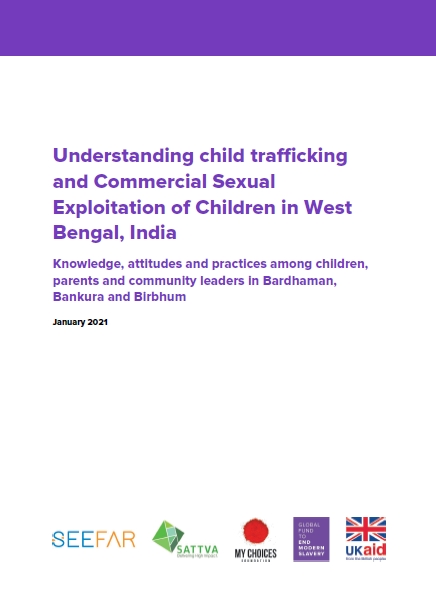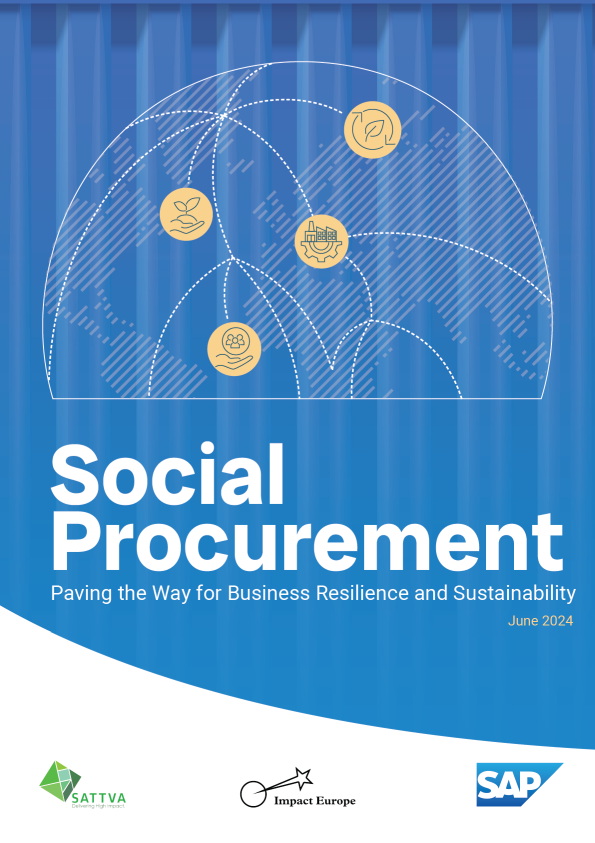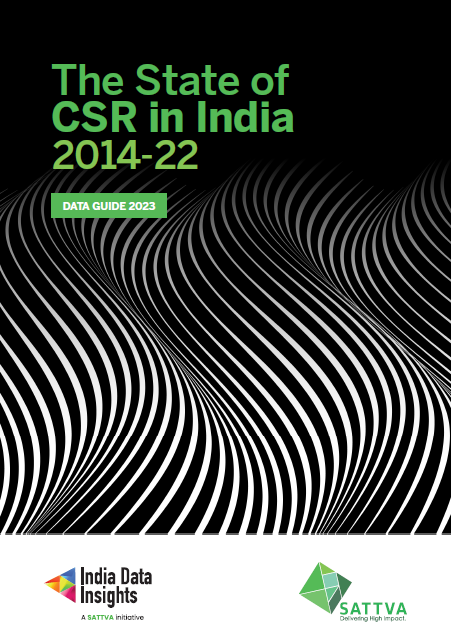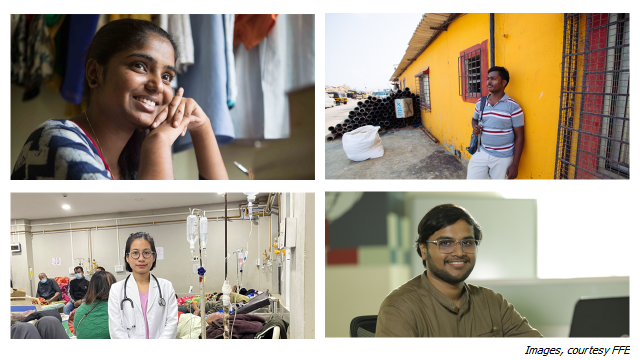Understanding Child Trafficking and Commercial Sexual Exploitation of Children in West Bengal India
Gaps in knowledge and limited risk perception on child trafficking (CT) and commercial sexual exploitation of children (CSEC) are among some of the key drivers for continued exploitation of children in West Bengal, India, reveals a recent study conducted by Sattva.
The study, “Understanding Child Trafficking and Commercial Sexual Exploitation of Children in West Bengal India”, was commissioned by Seefar and My Choices Foundation and conducted by Sattva Consulting between August and December 2020. The study was conducted in three vulnerable districts in West Bengal, namely Bankura, Bardhaman and Birbhum. Out of the 15 million victims of sex trafficking in India each year, up to 40% are adolescents and children, some as young as nine years old. West Bengal is among India’s most vulnerable states, with the highest number of children trafficked in India in 2016.
The present study found that practices such as child marriage, child labour and unsafe migration increase the risk of CT and CSEC. Additionally, COVID-19 has fuelled cases of child marriage and school dropouts, triggered by financial pressures and increased harmful online practices, as children spend more time on the Internet. These practices are driven by certain common structural, social and personal factors including: poverty and sub-optimal living standards; poor education systems; gender-based discriminations; social influences and expectations; limited positive influences and role models; and the lure of a better life. Feelings of helplessness among children and parents; the focus on fulfilling immediate needs; anticipation of an improved standard of living; disregarding risks; and limited information-seeking behaviour emerged as behaviours that need to be influenced in order to reduce risk.
Additionally, the study found that the relationships children share within the ecosystem impact their life and safety within the village. These stakeholders include parents and community leaders such as teacher, health-workers and panchayat members. The stakeholders influence CT/CSEC-related vulnerabilities based on their own knowledge, attitudes and practices.
Strengthening risk perception and protective instincts among parents; countering the emotional distance that exists between parents and children; promoting safe migration practices; normalising dialogue around CT/CSEC; promoting a sense of agency; promoting dialogue around sexual abuse; and promoting the idea of independent, self-sufficient girls emerged as behaviours that should be positively influenced to drive prevention of CT/CSEC.
Seefar and My Choices Foundation have utilised findings from the report to inform their integrated campaign “Surokhito Gram Karyakrom”, launched in three districts of West Bengal in February 2021. The campaign aims to promote the role that children, families and the wider community, including teachers, health workers, police and Panchayat leaders, can play in ending CT and CSEC.
To gain deeper insights and the overall recommendations read the full report here.
—————————-
Sattva has been working with various corporates, non-profits and social organisations to help them define their social impact goals. Our focus is to solve critical problems and find scalable solutions. We assist organisations in formulating their long-term social impact strategy by strategically aligning with business to provide meaningful solutions to social issues.
If you have any inputs, comments or suggestions, please write to us: impact@sattva.co.in




